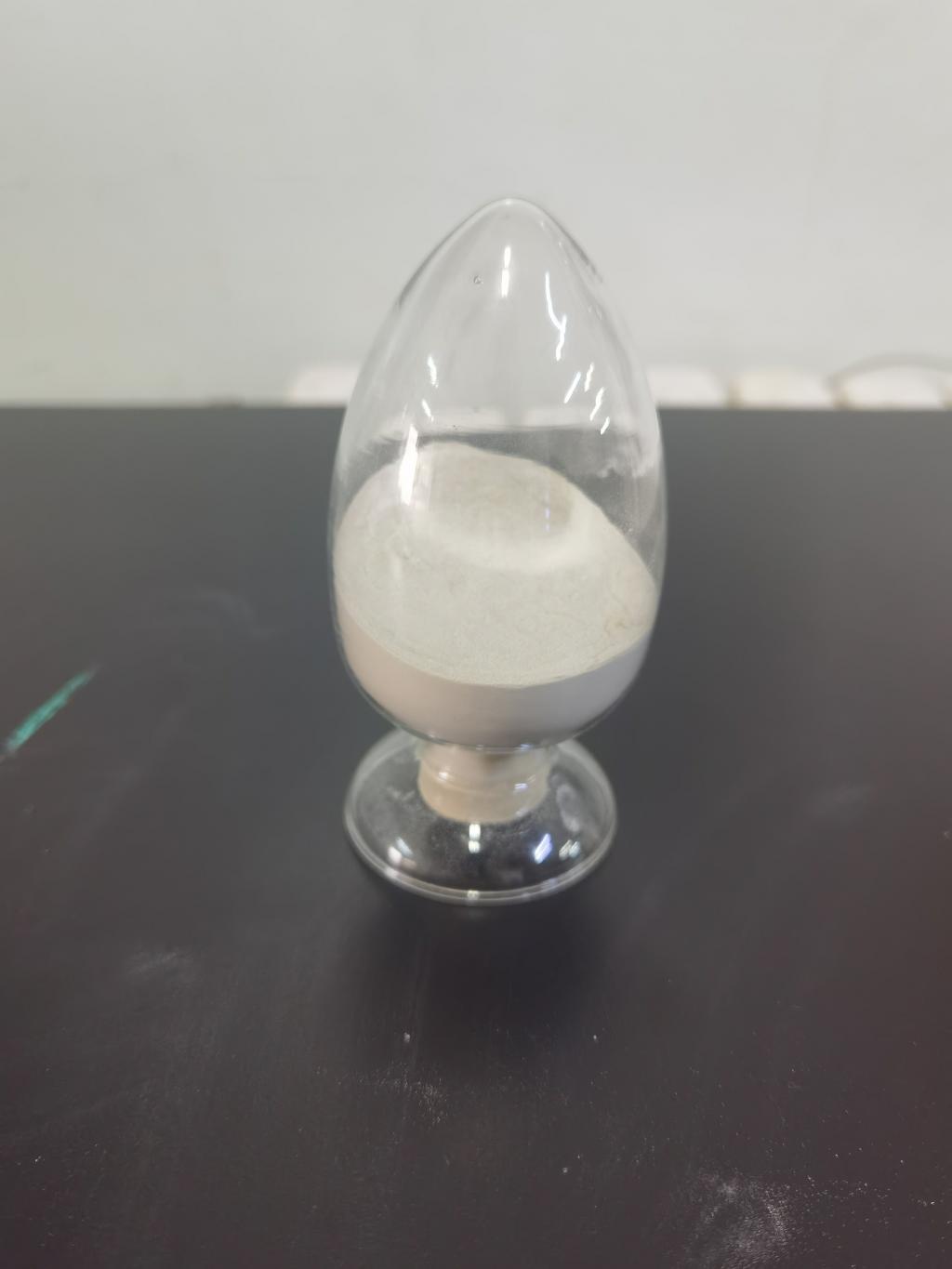Tel:+8618231198596

News
 CONTACT
CONTACT
 CONTACT
CONTACT
- Linkman:Linda Yao
- Tel: +8618231198596
- Email:linda.yao@dcpharma.cn
- Linkman:CHARLES.WANG
- Department:Overseas
- Tel: 0086 0311-85537378 0086 0311-85539701
News
Nisin Role in Enhancing Food Safety in High-Risk Populations
TIME:2024-03-13
Nisin, a naturally occurring antimicrobial peptide produced by certain strains of the bacterium Lactococcus lactis, has emerged as a promising solution for enhancing food safety. Its potent antimicrobial properties and ability to inhibit the growth of a wide range of bacteria make it an attractive candidate for use in food preservation. This article examines the role of nisin in enhancing food safety, focusing on its mechanisms of action, applications in food preservation, and specific benefits for high-risk populations.
Mechanisms of Action:
Nisin exerts its antimicrobial activity primarily by disrupting the cell membranes of bacteria, leading to cell death. Unlike many traditional antibiotics, nisin targets specific components of bacterial cell membranes, such as lipid II, a precursor molecule involved in cell wall synthesis. By binding to lipid II, nisin forms pores in the cell membrane, causing leakage of cellular contents and ultimately cell lysis. This mode of action makes it difficult for bacteria to develop resistance to nisin, making it a valuable tool for controlling foodborne pathogens.
Applications in Food Preservation:
Nisin has been approved for use as a food preservative in many countries, including the United States and the European Union. It is commonly used in a variety of food products, including dairy, meat, poultry, seafood, and canned foods. Nisin can be incorporated directly into food formulations or applied as a surface treatment to inhibit the growth of spoilage and pathogenic bacteria, thereby extending the shelf life of perishable foods.
In addition to its antimicrobial properties, nisin has been shown to have other beneficial effects on food quality. For example, it can prevent the formation of bacterial biofilms, which are often responsible for contamination and spoilage of food surfaces. Nisin has also been found to inhibit the production of toxins by certain bacteria, further reducing the risk of foodborne illness.
Benefits for High-Risk Populations:
High-risk populations, such as the elderly, immunocompromised individuals, and infants, are particularly susceptible to foodborne illnesses due to their weakened immune systems. For these vulnerable groups, the consumption of contaminated foods can lead to severe complications and even death. By incorporating nisin into food products, manufacturers can reduce the risk of bacterial contamination and enhance the safety of foods consumed by high-risk populations.
One of the key advantages of nisin is its broad spectrum of antimicrobial activity against a wide range of bacteria, including many pathogens commonly associated with foodborne illnesses. This makes it an effective tool for controlling bacterial growth in foods that are especially risky for high-risk populations, such as raw or minimally processed foods. Additionally, nisin's ability to inhibit the formation of bacterial biofilms is particularly important for preventing the persistence of pathogens on food surfaces.
Furthermore, nisin has been shown to have a high margin of safety for human consumption, with no evidence of adverse effects even at relatively high doses. This makes it suitable for use in foods intended for vulnerable populations, where safety is of utmost importance. Unlike some chemical preservatives, nisin is a natural substance that is well tolerated by the human body, further supporting its use in foods for high-risk populations.
Conclusion:
Nisin represents a promising solution for enhancing food safety, particularly for high-risk populations vulnerable to foodborne illnesses. Its potent antimicrobial properties, broad spectrum of activity, and safety profile make it an attractive option for controlling bacterial contamination in a variety of food products. By incorporating nisin into food formulations, manufacturers can improve the safety and quality of foods consumed by vulnerable populations, reducing the risk of foodborne diseases and their associated complications. Further research is needed to explore the full potential of nisin in food preservation and its specific benefits for high-risk populations. However, the current evidence suggests that nisin holds great promise as a tool for protecting public health and enhancing the safety of the food supply.
- Tel:+8618231198596
- Whatsapp:18231198596
- Chat With Skype







